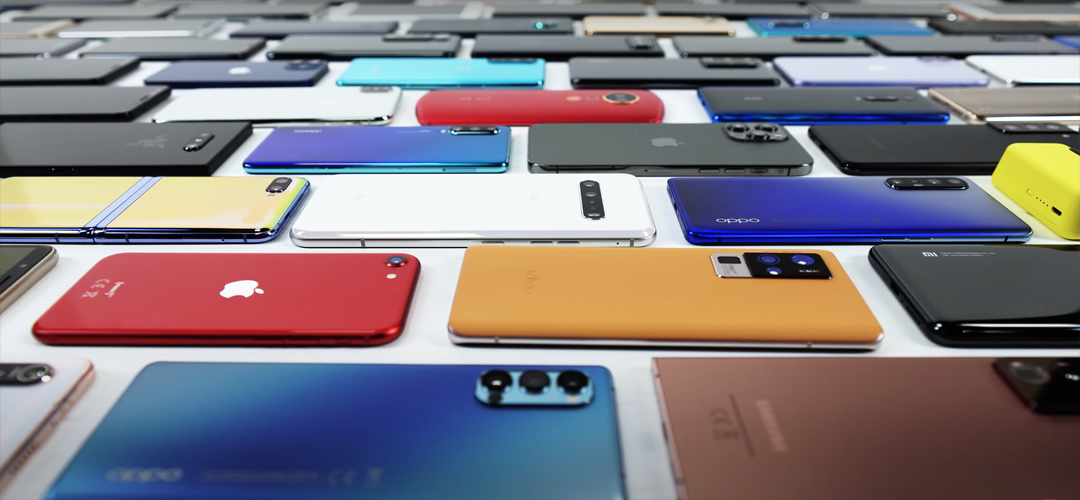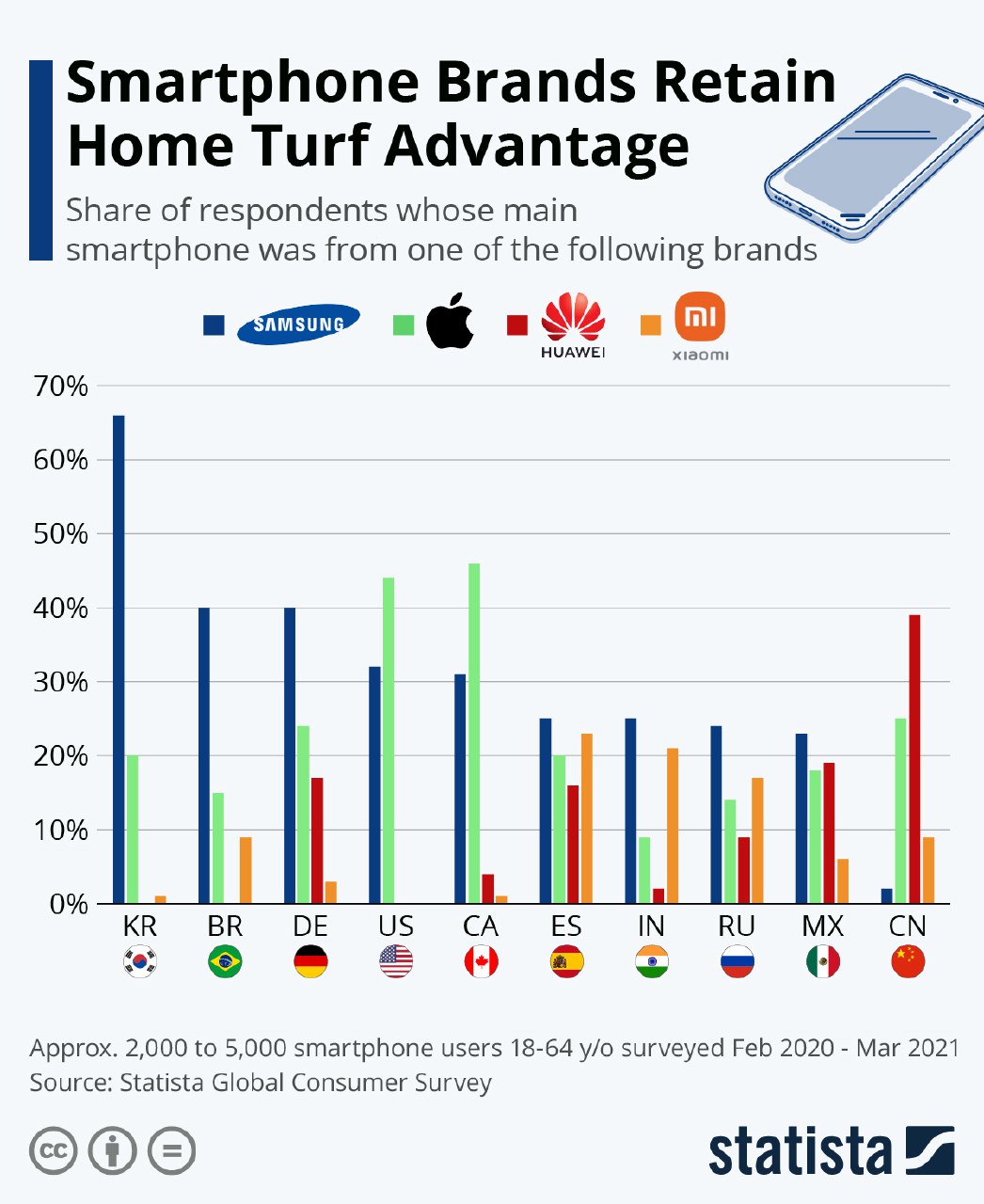An Incredible Journey
April 8, 2023 | Expert Insights

Today smartphones have become a ubiquitous part of our lives.
But 50 years ago, this was not the case. At that time, large parts of the world did not even have landline telephone connections. So, the transformation has been significant.
Background
In 1973 when the first mobile phone was invented, nobody had any idea what revolutionary change this product would bring. Following its invention, the phone was considered unsuitable for mass production, and that had to wait for ten more years.
This first cell phone looked completely different from the hand-held multi-purpose devices at our disposal today. It was bulky and huge. The communicative capability was limited both in time and quality. The battery provided less than 30 min of talk time, and the communications infrastructure that we have today did not exist at the time. Manufacturing each phone was a costly affair, and only a few people could afford to buy the final product.

The Tech Revolution
As long as the overall level of technology remained stagnant, the mobile phone did not have much of a possibility. It was just a good concept on paper without any significant real-world impact.
The first major change occurred in the basic structure of the phone itself. The large size of the phone slowly started to reduce. This was possible through the development of miniaturization technology in the form of integrated circuit (IC) chips. This was a game-changer in more ways than one.
As the size of a mobile phone began to reduce, it became more compact in its design. Smaller size meant that the device could be produced at a much cheaper rate than before, and this aided in its mass production.
To change this, the world had to wait for another invention. This was wireless communications technology. This technology opened the floodgates for the development of the mobile phone. For the first time, manufacturers could consider the mobile phone's mobility aspect. This corresponded with the consequent development of bandwidth capacity. Various generations of bandwidth progression were subsequently named, starting from 1G to 4G. Out of all these, the real great leap forward started with 3G. Wireless communication towers were also set up and continued to develop along with this.
With each augmentation of the bandwidth, the communicative capacity of the phone increased substantially. Not only did the quality of the conversation improve, but also the time. Calls were no longer cut off for going beyond the prescribed limit. People could now make mobile calls even from far-flung and remote places which earlier had no connection. Now more and more people can use the mobile phone as a useful product for their daily needs. Mobile phone usage also started to spread around the world.
The congruence between mobile telephony and the internet opened a whole new world of knowledge for ordinary people. Initially, the Internet was only available on computers, and slowly this was adapted for use in phones. This led to the development of smartphones. The circuitry was fine-tuned, and the user graphic interface was invented to facilitate this process.
A Societal Revolution
The advancement of mobile telephony has changed the world in unimaginable ways. No part of society has been left unaffected by this revolution. The impact has been global in nature, and the most direct impact has been on how work and business are carried out.
Previously work, and leisure were considered as two separate categories. One went to the office, did a 9-to-5 job and then returned home to rest. But now, this concept has been completely upturned. Because a person today is available through his or her mobile phone all the time, he or she can be contacted anywhere or anytime for work-related purposes. One can no longer give the excuse that one is out of the office for not working. With the advent of smartphones, this mobile work has been taken to the next level. Now, people can check messages and emails and even carry out video conferencing through smartphones. This has led to the growth of remote working, especially during the Covid-19 pandemic. That is, a worker worked from home or anywhere else while being in constant online contact with his or her office and sometimes engaging in video calling. This model has proved to be so effective regarding productivity that some companies have stuck with it even after the pandemic.
Each version of the smartphone has become better and better over the years. This is with respect to overall functionality and technology, which is mainly related to the camera, more screen space, 5G, artificial intelligence and more sophisticated microprocessors. Each new look of the smartphone is sleeker and user-friendly. Any unnecessary components are removed to prevent unwanted cluttering. Before mobile phones were only used for verbal communications. But now, thanks to the development of network technology, they do a lot more, including work-related and entertainment, on the internet. The phone camera's precision and picture quality have improved considerably and continue to improve with each new iteration. 5G will boost the speed of phones and increase network coverage, and artificial intelligence will significantly enhance the user experience. There is still scope for further refining the microprocessors to increase processing speed.
Another major area where the smartphone has had a significant impact is political and security. Today every individual in the world is a journalist and a content creator and does not have to depend on anyone else. With the advent of social media, smartphones have been used as tools to organize protest movements online. This was clearly visible during the Arab Spring protest movements. But at the same time, along with this freedom, smartphones have also increased the surveillance capabilities of governments and corporations over individuals. At present, the phones in our hands are listening and bugging devices combined into one. Very little of our lives are private now or safe from nefarious elements. This is one of the prices that society has had to pay for the freedom offered by smartphones.
Mobile phone technology will continue to develop in the future. The display quality of the cameras will become better with each passing day. Wireless charging is already picking up and will become more common as time passes. The very physical structure of the phone will change. It will become foldable, and as a result, it could be fitted even into small spaces. Work is now being done on developing holographic displays for smartphones, and this will take off in the future. Smartphones already play a big role in the education sector. This was heightened during the Covid-19 pandemic when schools and colleges were shut down. This use of smartphones as teaching tools is expected to increase in the coming years. Smartphones are also becoming more eco-friendly by the day. Manufacturers are considering the impact of materials used for making smartphones on the environment and making corresponding changes. So, the future possibilities of smartphones are endless.
Assessment
- The story of the mobile phone has just begun. It is continuing to evolve in various ways. It is expected that it will become more and more embedded in our daily lives. Smartphones will become the device into which all our life information will be put. Thus, it is possible that it will basically control our lives. We need to be extremely wary of such a possibility and its consequences.
- While the smartphone has increased connectivity and improved quality of life throughout the world, it has also allowed for a greater intrusion into our private lives by outside forces. The future evolution of the smartphone will determine humanity's relationship with technology and whether we become slaves to technology.








Comments